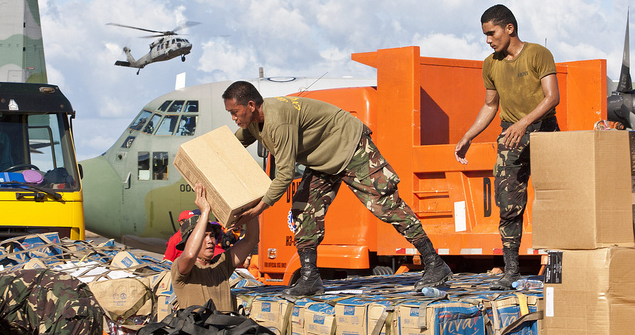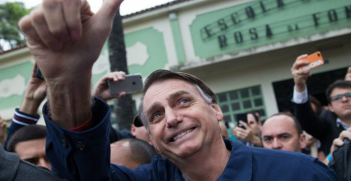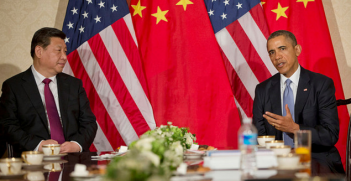A Fair Budget? Not for the Poor Losing Australian Aid in Record Cuts

The release of the federal budget on 12 May 2015 saw the largest foreign aid cut in Australian history.
As Australians, we pride ourselves on our generous nature. Talking about foreign aid back in 1997, then foreign minister Alexander Downer remarked on “the generosity of Australians and our commitment to giving others, much worse off than ourselves, a fair go”.
Generosity can only be judged relative to capacity. Our national economy will be some 30% bigger in 2016 than it was in 2006. Yet by next year our aid will be back at the level it was a decade earlier (adjusted for inflation) and our aid effort – aid relative to the size of the economy – will be at its lowest level ever.
This is one of the very few times (perhaps the only one) when we have advance knowledge of the likely size of the aid budget ahead of the federal budget being handed down. That’s thanks to last December’s Mid-Year Economic and Fiscal Outlook (MYEFO), which announced the latest round of aid cuts.
The Coalition came to power promising that aid would increase in line with inflation. Instead, the government is now cutting aid by one-third after inflation. This financial year alone the aid budget will tumble from A$5.0 billion to A$4.0 billion, which is a cut of exactly A$1 billion, the biggest cut to the aid program ever.
Further cuts are promised for 2016-17. When it is all done, our aid-to-GNI ratio, or generosity index, will plummet to 0.22%. That puts us in the bottom half of the league of OECD donors and well below the average.
How bad things have got is indicated by a comparison with the aid policies of the competing parties in the recent UK election. If the policies of all bar one of the major UK parties were adopted here, Australia’s aid next year would be A$11 billion (or more) rather than A$4 billion. Only the far-right UKIP has a policy that supports an aid-GNI ratio of 0.2%.
Singling out aid
Of course aid is only one small part of the total federal budget. But the way it has been singled out is callous. It would be one thing if the government were on an austerity drive, out to cut all expenditure. But it is not.
Under Labor’s last set of forward estimates, total expenditure was projected to reach A$431 billion in 2015-16, and that figure was left unchanged by the government in its first budget. It is the share of spending on aid that has been slashed. This share will fall to close to 90 cents in every A$100 of spending in this budget, its lowest level ever. We have never given aid a lower priority.
Of course, if you think aid doesn’t work, then you should rejoice in this saving. But there is plenty of evidence that aid provides practical help to millions around the world. No, it won’t make countries rich, and there are many problems it can’t solve, but there are also many problems where we have little but aid to offer. Think natural disasters or ebola, for example. But think also about education in Indonesia.
Aid has never been politically important, but it is surprising how little the government has been called on to defend the cuts. Julie Bishop had one go blaming it on Labor, and every now and then a Coalition MP (or Tasmanian Senator Jacqui Lambie) says we can’t afford to give aid when we are borrowing: a ridiculous claim – and one that implies that no one with a mortgage should give to charity.
Whichever way it is spun, we are turning our back on the world’s poor. But the sad thing is that it hardly has to be spun at all. Aid might be important as a gauge of our national generosity, and might make a difference to the lives of millions, but journalists don’t ask many questions about it. The topic just doesn’t seem to rate in budget debates.
So remember this: if anyone calls the budget fair, think about aid and our biggest aid cuts ever.
* You can read more on Australia’s foreign aid policy at ANU’s Devpolicy blog or read more of The Conversation’s 2015 federal budget coverage.
Stephen Howes is Director of the Development Policy Centre at the Australian National University. This article was originally published in The Conversation on 12 May 2015. It is republished with permission.





